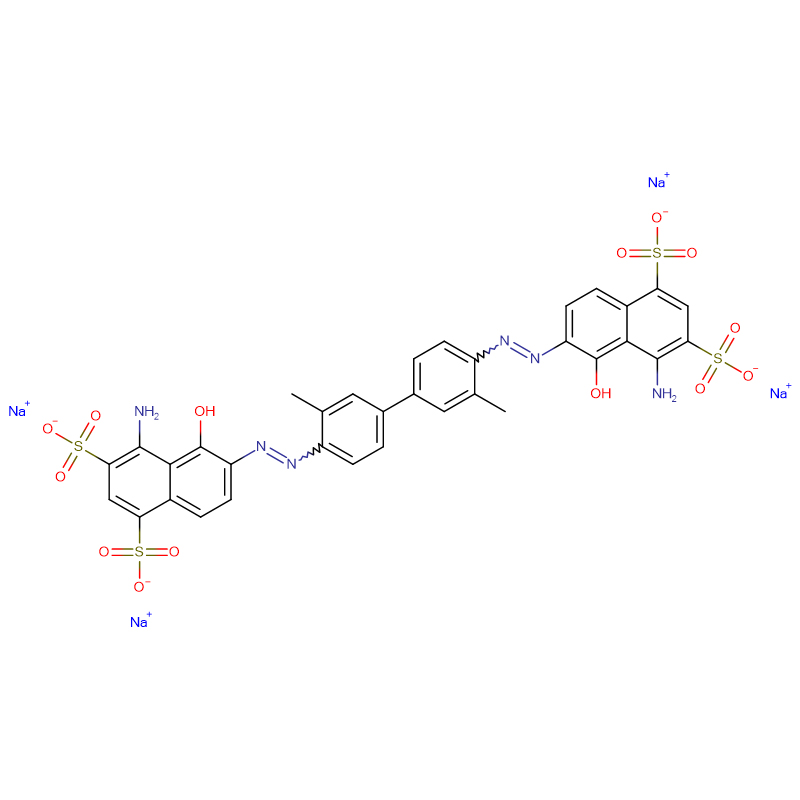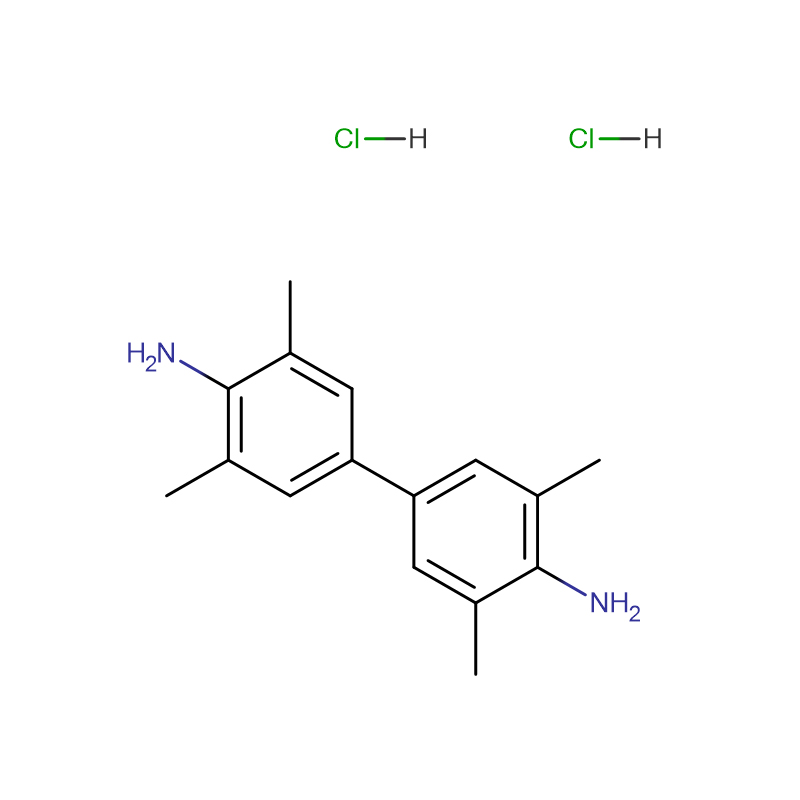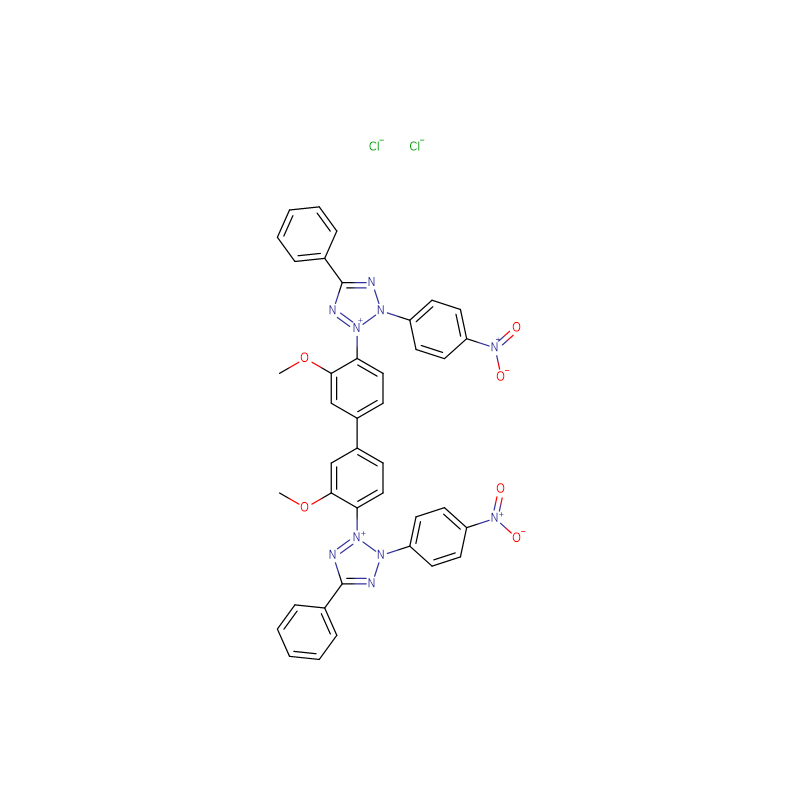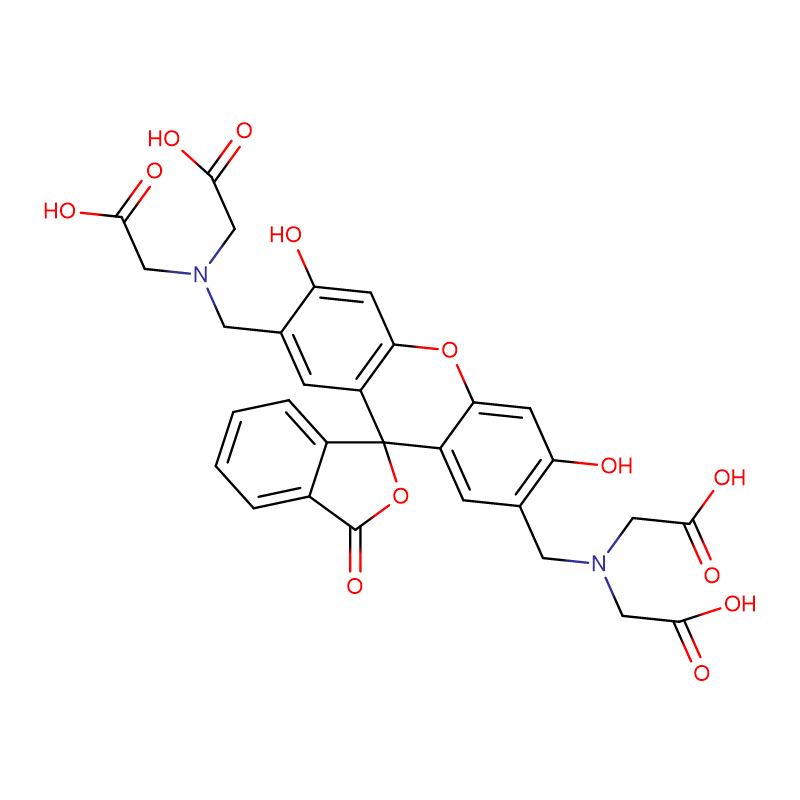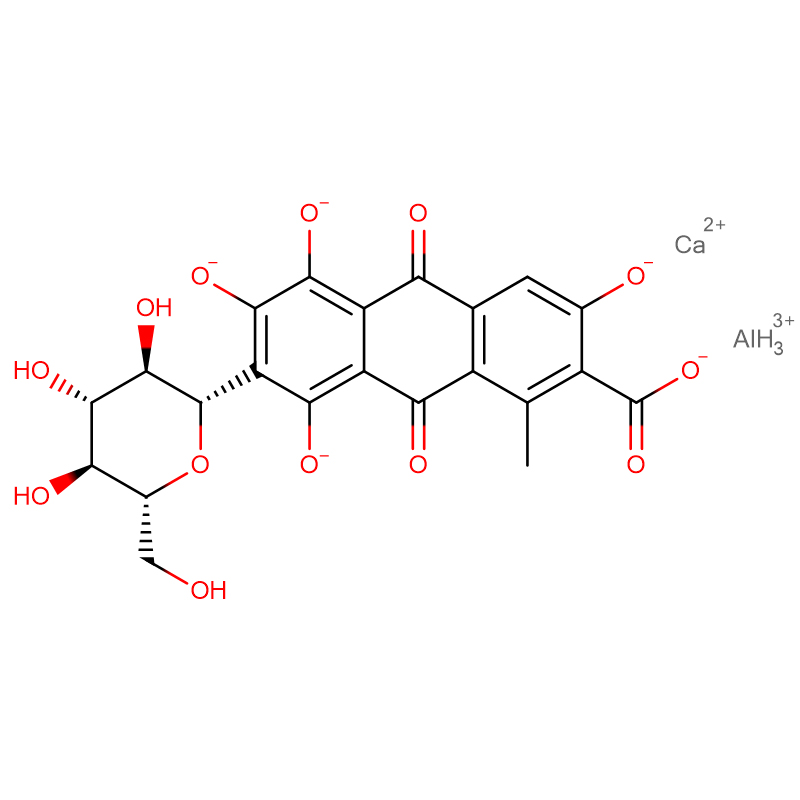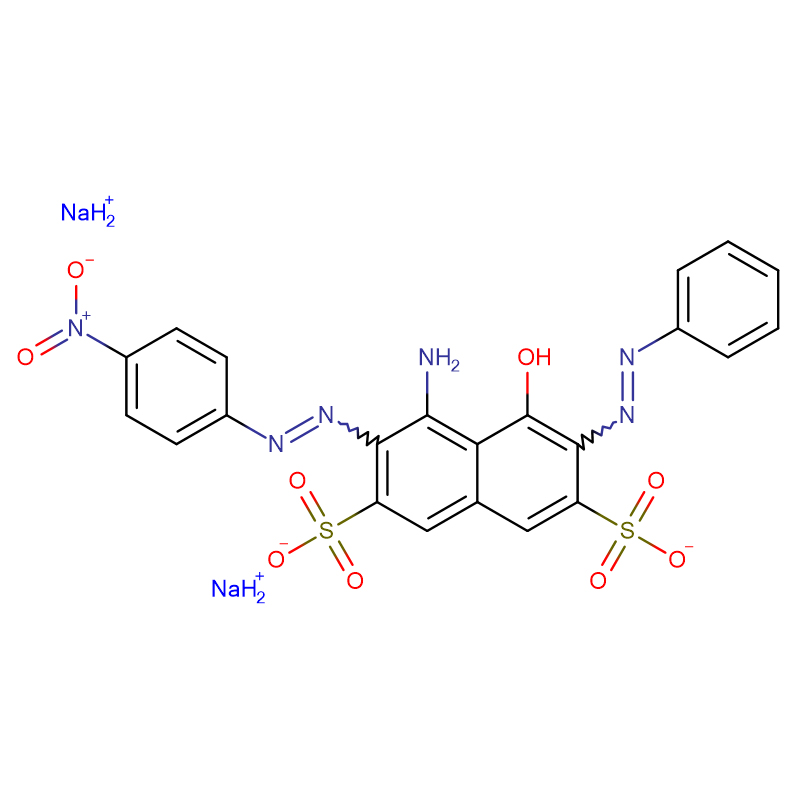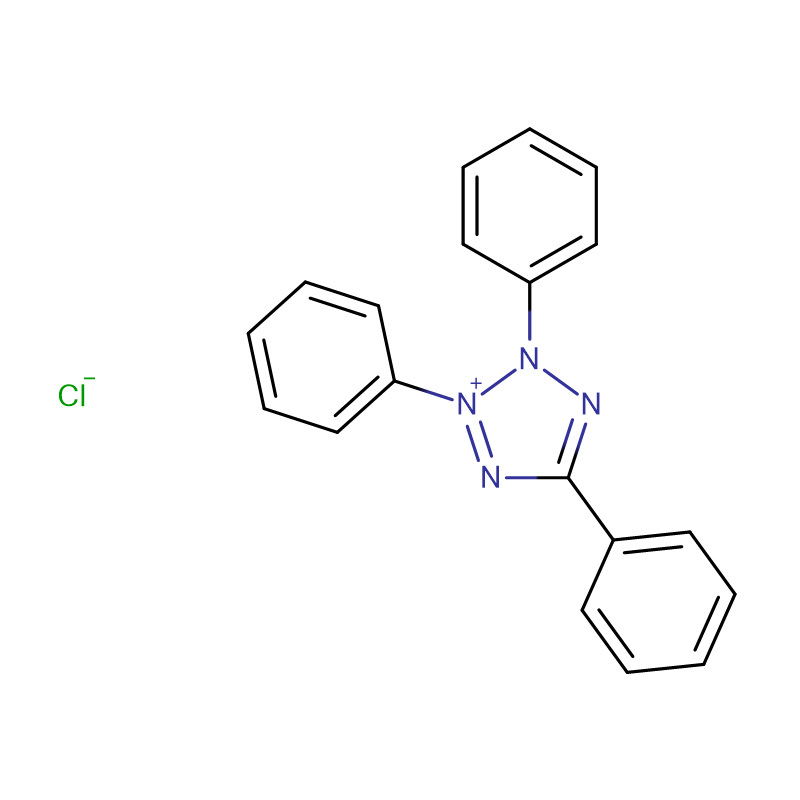Direct Blue Cas: 314-13-6
| Catalog Number | XD90533 |
| Product Name | Direct Blue |
|
CAS |
314-13-6 |
|
Molecular Formula |
C34H24N6Na4O14S4 |
|
Molecular Weight |
960.81 |
| Storage Details | Ambient |
| Harmonized Tariff Code | 32129000 |
Product Specification
|
Appearance |
Black powder |
|
Assay |
99% |
|
Loss on Drying |
10% max |
|
Solubility at 0.1% in water |
Clear blue solution |
|
Wavelenght of max absorption |
605 - 613nm |
|
Specific Absorbance (E1% / 1cm) |
800min |
Vascular hyperpermeability contributes to morbidity in inflammation. Current methodologies for in vivo assessment of permeability based on extravasation of Evans Blue (EB)-bound albumin are cumbersome and often lack sensitivity. We developed a novel infrared fluorescence (IRF) methodology for measurement of EB-albumin extravasation to quantify vascular permeability in murine models. Vascular permeability induced by endotoxaemia was examined for all solid organs, brain, skin and peritoneum by IRF and the traditional absorbance-based measurement of EB in tissue extracts. Organ IRF increased linearly with increasing concentrations of intravenous EB (2.5-25 mg/kg). Tissue IRF was more sensitive for EB accumulation compared to the absorbance-based method. Accordingly, differences in vascular permeability and organ EB accumulation between lipopolysaccharide-treated and saline-treated mice were often significant when analysed by IRF-based detection but not by absorbance-based detection. EB was detected in all 353 organs analysed with IRF but only in 67% (239/353) of organs analysed by absorbance-based methodology, demonstrating improved sensitivity of EB detection in organs with IRF. In contrast, EB in plasma after EB administration was readily measured by both methods with high correlation between the two methods (n=116, r2=0.86). Quantitation of organ-specific EB-IRF differences due to endotoxin was optimal when IRF was compared between mice matched for weight, gender, and age, and with appropriate corrections for organ weight and EB plasma concentrations. Notably, EB-IRF methodology leaves organs intact for subsequent histopathology. In summary, EB-IRF is a novel, highly sensitive, rapid, and convenient method for the relative quantification of EB in intact organs of treatment versus control mice.


